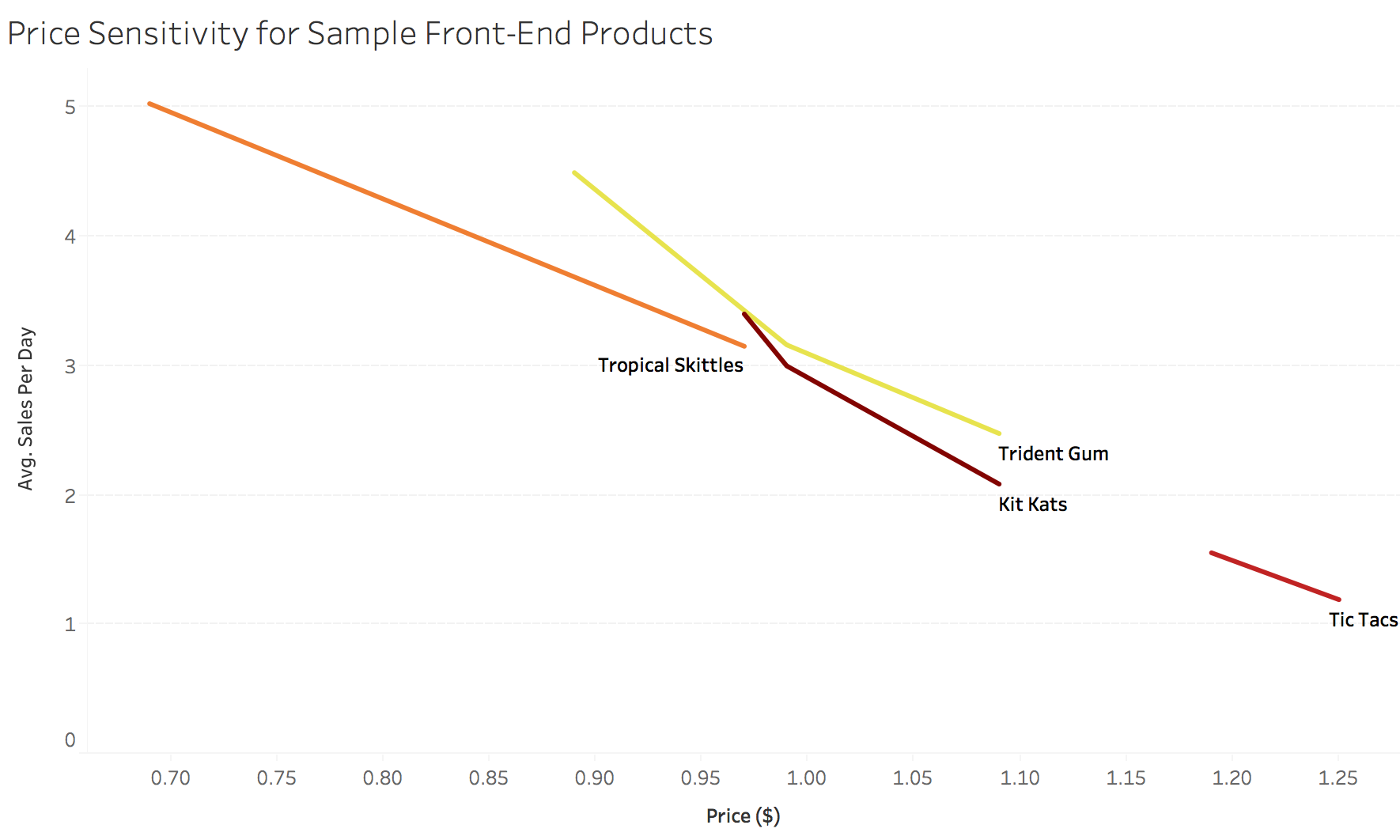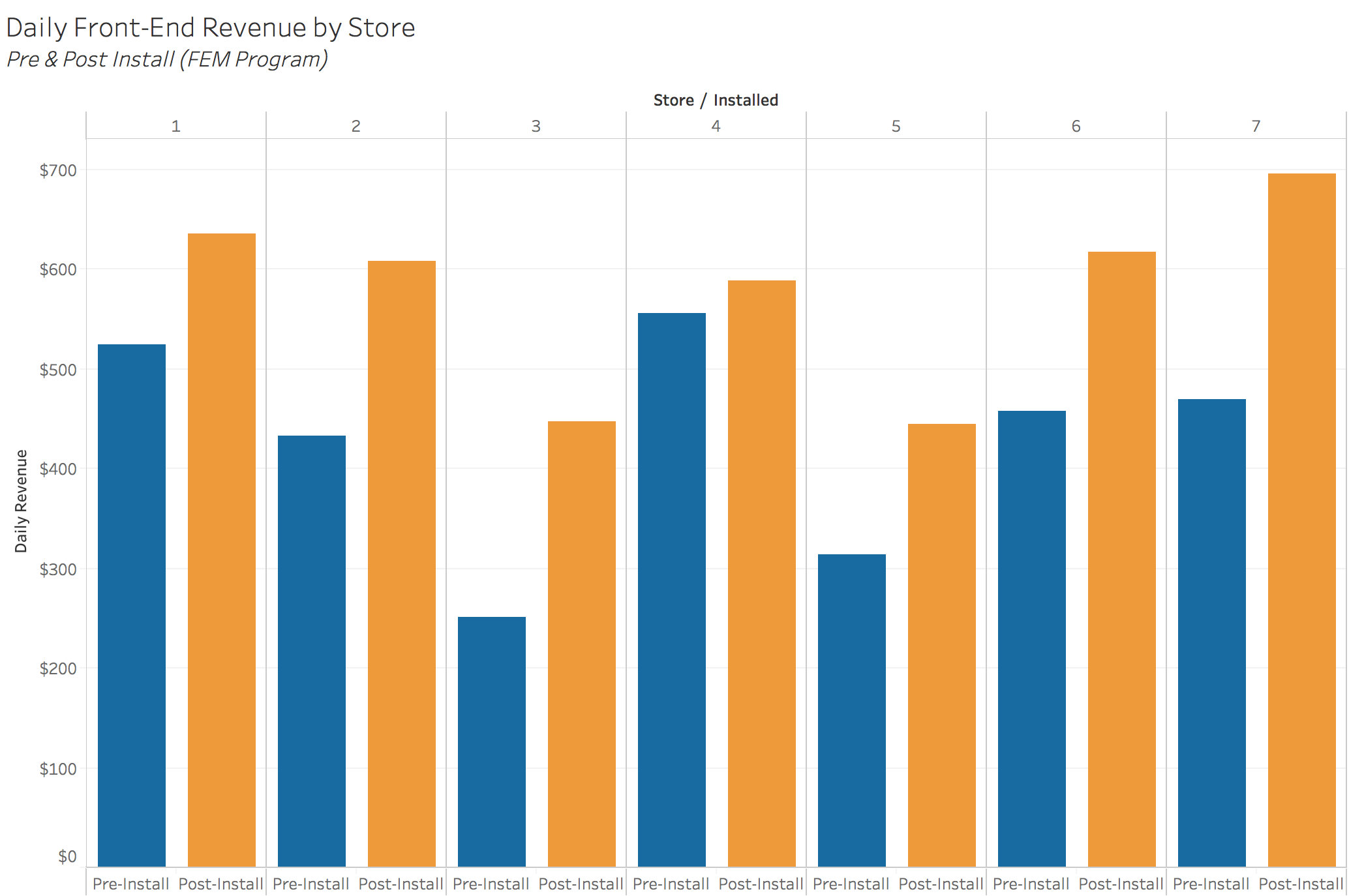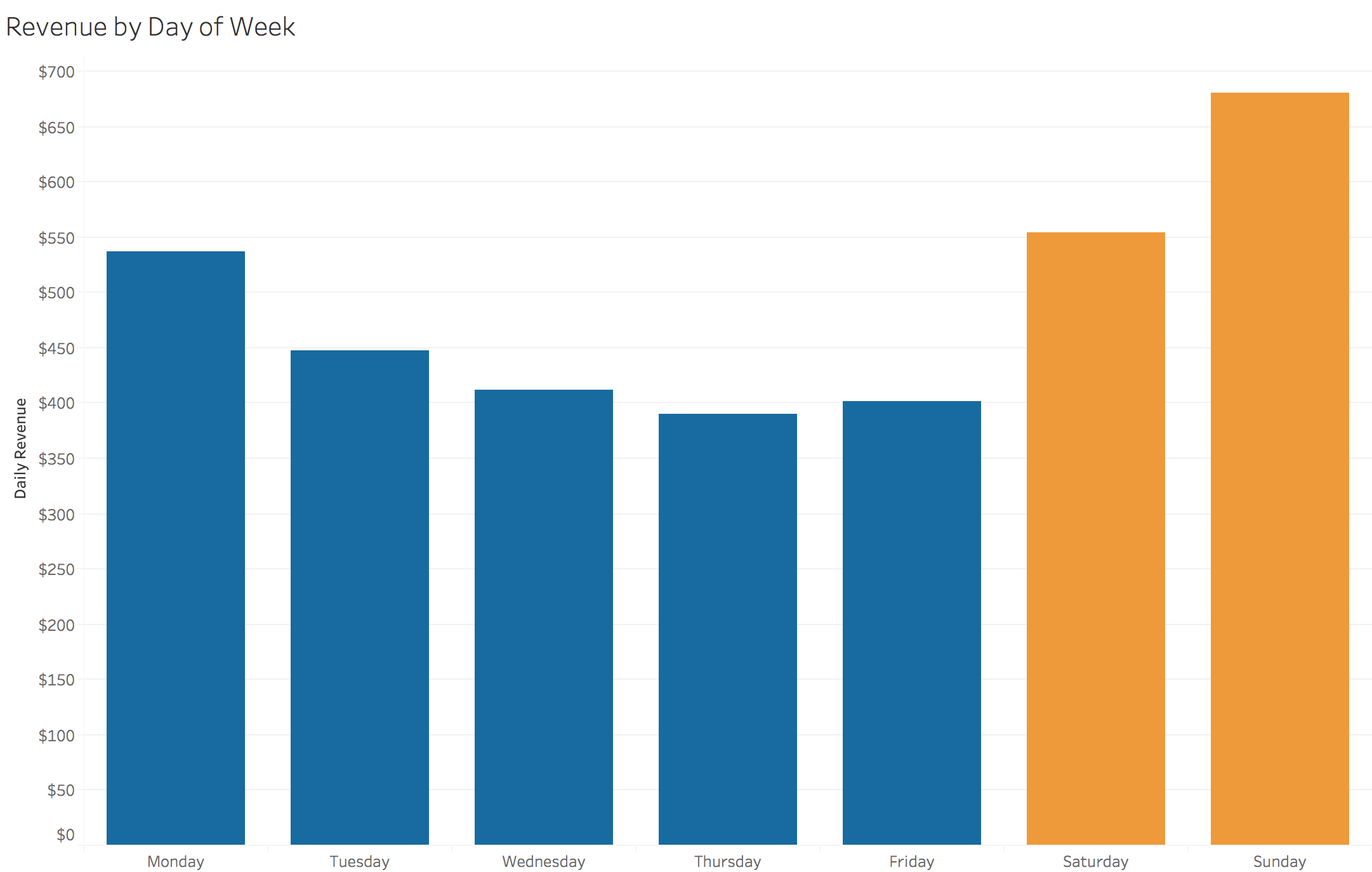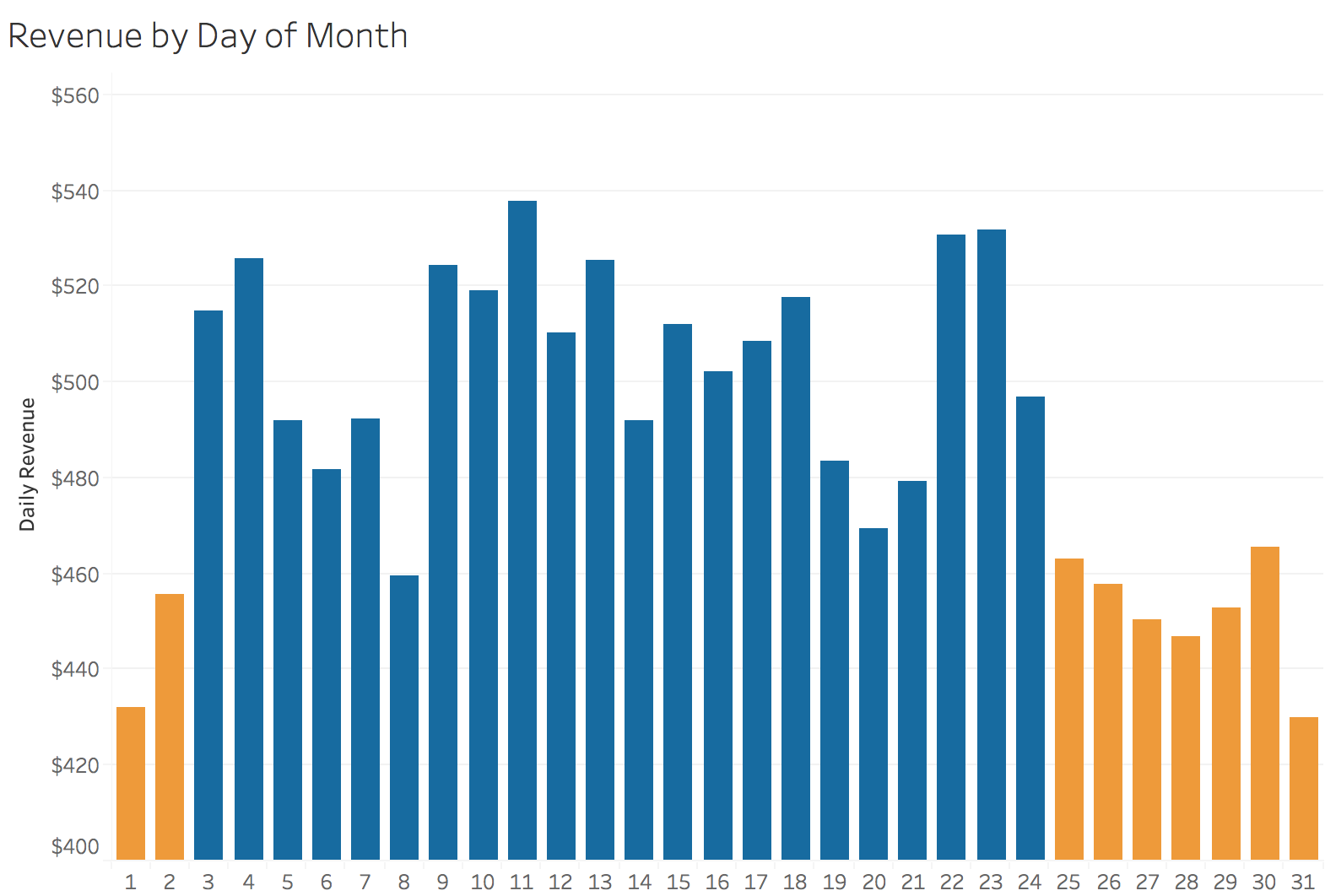Sales lift from advertising is both greatly sought after and difficult to prove. In the marketing bestseller How Brands Grow, author Byron Sharp describes how occupying consumer attention and creating strong mental associations are key to brand growth. When Popspots and a midsize grocery store chain teamed up to supply stores with new smart displays that played advertisements in checkout lanes, we knew that it was an opportunity to not only grow sales, but also to test Sharp’s hypothesis. Specifically, we wanted to understand how much sales lift can be traced directly to advertising, as opposed to other unrelated factors that might also affect sales.
In an industry where average clickthrough rates on search ads are 2% and even less on display ads (0.05%), Popspots demonstrated an impressive 7% sales lift for brands that advertised on our displays. But how did we arrive at this 7% number? Too often, sales lift numbers are hastily calculated without considering confounding factors. Maybe sales shoot up because a particular location runs a 2 for 1 special — that shouldn’t be treated as a triumph of advertising. Here at Popspots, we believe in looking under the hood to rigorously check whether advertising lift is, in fact, advertising lift.
Using a regression model, we isolated the 7% effect of Popspots advertisements by controlling for variation across stores, products, price, rack program, day of week, and day of month. It’s obvious why we’d want to hold stores, products, and price constant. A Butterfinger in a store sold at $2 should be compared to a Butterfinger sold with advertising in the same store at the same price. We made sure to verify whether raised prices really did reduce sales and came out with the expected result:

The next thing we dealt with was the effect of launching a new Front End Merchandiser (FEM) program, which typically includes Popspots displays. These programs involve supplying retailers with new front-end fixtures that replace dated, visually unappealing predecessors. As seen below, new FEM programs can lead to substantial sales lifts. To adjust for this, we focused exclusively on sales after the installation of new fixtures, so the effect of the FEM program wouldn’t be confused with the effect of ads.

The need to adjust for day of the week and month is a less obvious insight, but a very important one:


This variability of sales during weeks and days of the month especially makes sense considering that this particular grocery chain caters to lower income customers. For retailers selling to similar customers, this may be an important insight to note.
Controlling for the day of week and day of month helped further refine the answer to the question of ad effectiveness. The last step involved adding a variable to the model indicating whether ads were played for a product or not. The final model accounted for the majority of variation in front-end product sales. This makes us confident in our final sales lift number of 7%. Despite the many factors affecting customer purchasing decisions, the memory structures from advertising still manage to have a verifiable, significant effect, even in a time period of less than six months.



![[Report] In-Store Retail Media: The Key to Driving Incremental Reach for Brands](/content/images/2025/05/GTV-Incremental-Study-1.jpg)

